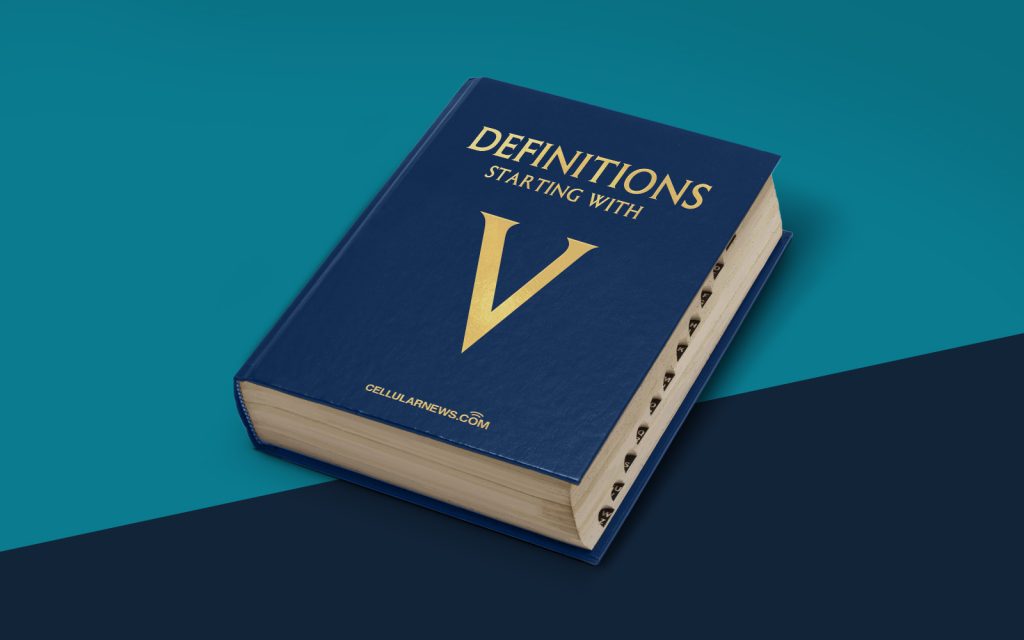
Understanding Virtual Disk Image (VDI)
Imagine having the ability to store all your computer files and operating system in one secure and convenient location. That’s where virtual disk images (VDI) come into play. A VDI is an incredibly useful tool for creating virtual machines, and understanding what it is can help anyone looking to optimize their computing experience.
Key Takeaways:
- A virtual disk image (VDI) is a file that contains the complete operating system and data stored on a virtual machine.
- VDIs allow users to easily create, clone, and customize virtual machines, providing flexibility and convenience.
What is a Virtual Disk Image?
A virtual disk image (VDI) is a file that represents all the data and operating system inside a virtual machine. It acts as a container that holds everything needed to run a virtual machine, including the operating system, applications, files, and settings. VDIs are commonly used in virtualization software, such as Oracle VirtualBox and VMware Fusion, and are an essential component for creating and managing virtual machines.
Think of a VDI as a complete snapshot or replica of a virtual machine’s hard disk. It is a self-contained unit that encapsulates the entire virtual machine’s storage in one file. This encapsulation makes it easy to manage and share virtual machines without worrying about compatibility issues or file fragmentation. Additionally, VDIs are versatile and can be used across different virtualization platforms, allowing users to migrate virtual machines between different hosts seamlessly.
Why Are VDIs Useful?
Now that we know what a VDI is, let’s explore why it is such a valuable tool for computer users:
- Easy Creation and Cloning: With VDIs, creating and cloning virtual machines becomes a breeze. Instead of starting from scratch every time, you can simply make a copy of an existing VDI file and use it to create new instances of the virtual machine. This saves time and effort, especially when creating multiple virtual machines with similar configurations.
- Customization and Flexibility: VDIs allow users to customize virtual machines to suit their specific needs. You can allocate the desired amount of resources, such as CPU power, memory, and disk space, to each virtual machine. This means you can create virtual machines with different configurations and test software or run different operating systems without compromising your primary system.
Virtual disk images are an essential tool for IT professionals, developers, and anyone seeking to optimize their computing experience. With their ease of use and flexibility, they provide a convenient way to create and manage virtual machines. Whether you’re a beginner or an expert in virtualization, understanding what a VDI is and its benefits will give you the confidence to dive into the world of virtual machines.
